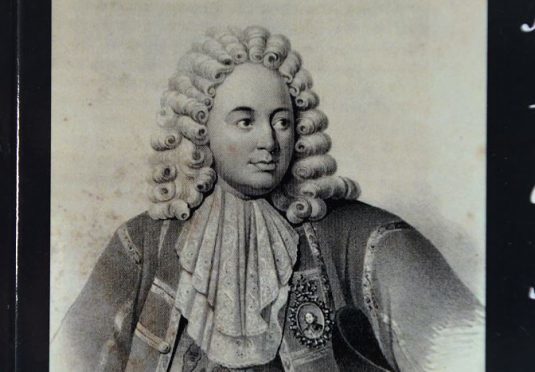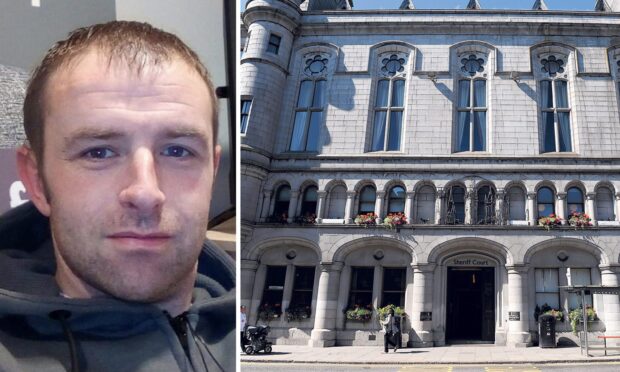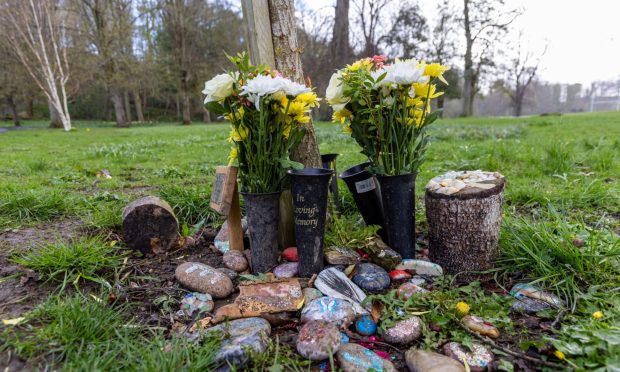A 20-year project to tell the fascinating true tale of an Aberdeenshire soldier of fortune who rose through the ranks to become a general, rear-admiral and right-hand man of a Russian tsar came to fruition yesterday.
Some 317 years after his death, the six volumes of diaries by Patrick Gordon of Auchleuchries was unveiled by Aberdeen university academics.
Born near Ellon in 1635, he left Scotland for Poland aged 16 to seek a life away from the ongoing persecution of Catholics in his homeland.
In 1661, after years fighting in numerous conflicts for many countries he took up service in the Russian army under Tsar Aleksei I.
The Scot distinguished himself in several wars against the Turk and Tatar ethnic groups in southern Russia and was made major-general in 1678 and by 1683 was made lieutenant-general.
He visited England and Scotland in 1686. In 1687 and 1689 he took part in expeditions against the Tatars in the Crimea, being made full general for his services.
On the breaking out of “revolution” in Moscow in 1689, Gordon with the troops under his command virtually decided events in favour of Tsar Peter I, Peter the Great.
A devout Catholic, he is credited with helping spread the faith in the Orthodox country and was created Count of the Holy Roman Empire in 1701.
The Tsar who revolutionised the Russian state is said to have wept by his faithful Scots servant’s deathbed before closing his eyes with his own hand.
In 1699 he died in Moscow, where a monument still stands in his memory.
Editions of his diary, which recount his extensive warfare experiences, have previously been published in Russian and German.
Editor Dmitry Fedosov, who has flown to Aberdeen for the launch of the diaries, said all six volumes have now been printed in full academic form with footnotes and translations.
Mr Fedosov, a senior research fellow at the institute of general history at the Russian Academy of Sciences, said: “There have been many close connections between Scotland and Russia through the ages- for instance both countries share St. Andrew as their patron saint.
“Gordon was a devout catholic, a military man and a Scottish patriot.
“He is one of the great members of the Scottish diaspora throughout history and no serious historian in Russia doesn’t know of Gordon.”










